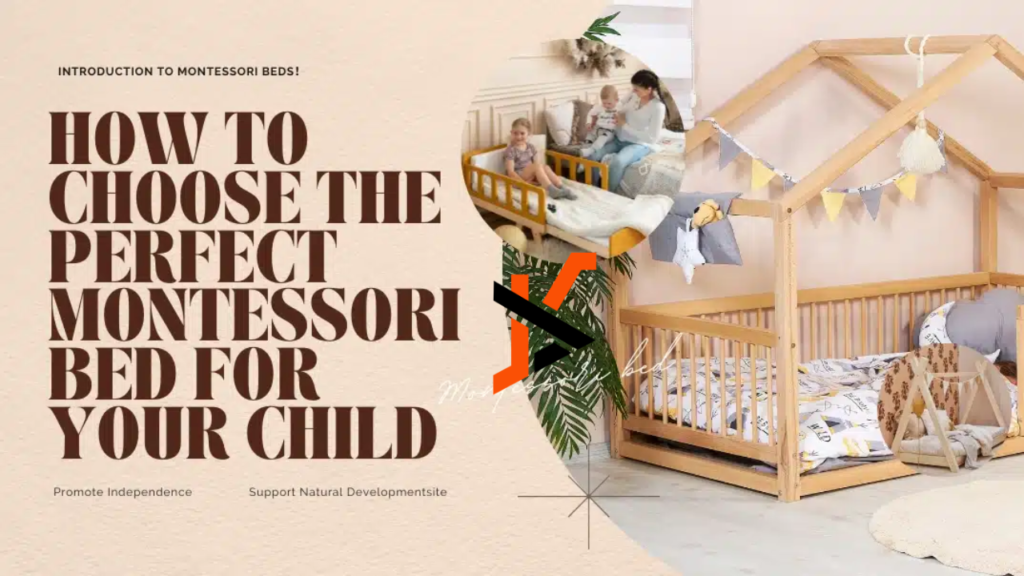Creating the perfect sleeping environment for your child is essential for their growth and development. Traditional cribs may seem like the go-to option, but many parents are now opting for a Montessori bed due to its numerous benefits. Inspired by the Montessori philosophy, this type of bed encourages independence, safety, and a sense of comfort for young children.
In this article, we’ll explore the advantages of a Montessori bed, how it supports child development, and why it might be the best addition to your child’s room.
The Benefits of a Montessori Bed
A Montessori bed is designed to be low to the ground, allowing children to move freely without the restrictions of high crib rails. This design is rooted in the Montessori method, which emphasizes independence and self-directed learning from an early age.
1. Encourages Independence
One of the biggest advantages of a Montessori bed is that it allows children to get in and out of bed on their own. Unlike cribs, which require adult assistance, this setup helps toddlers develop confidence and a sense of responsibility. The ability to move freely fosters decision-making skills and promotes a structured daily routine.
2. Promotes a Safe Sleeping Environment
Safety is a top priority for parents, and a Montessori bed offers a secure sleeping arrangement. Since the mattress is placed close to the floor, the risk of injury from falls is significantly reduced. This is especially beneficial for active toddlers who tend to move a lot during sleep. Additionally, the open design eliminates the risk of entrapment associated with traditional crib bars.
3. Supports Healthy Sleep Habits
A Montessori bed creates a peaceful and inviting sleep environment. Without the confinement of crib walls, children feel more at ease, which can lead to better sleep quality. The bed also encourages a sense of ownership, making children more likely to follow a consistent bedtime routine.
How a Montessori Bed Supports Child Development
Beyond comfort and safety, a Montessori bed plays a crucial role in a child’s cognitive and physical development.
1. Enhances Motor Skills
Since the bed is accessible, children naturally develop their motor skills by climbing in and out of bed on their own. This type of movement strengthens coordination and balance, essential for overall physical growth.
2. Encourages Exploration
A Montessori bed allows children to explore their surroundings freely, fostering curiosity and learning. Unlike cribs that restrict movement, this setup enables toddlers to engage with their environment without unnecessary limitations.
3. Fosters a Sense of Ownership
Giving children a space that belongs to them encourages responsibility. A Montessori bed helps establish personal boundaries, teaching kids to respect their sleep area while also developing self-care habits such as making their bed in the morning.
Choosing the Right Montessori Bed
When selecting a Montessori bed, consider factors such as material, size, and design. Opt for beds made from non-toxic, sturdy materials to ensure durability and safety. Many parents also prefer designs that include optional bed rails for extra security while transitioning from a crib.
If you’re looking for a high-quality Montessori bed that supports your child’s independence and development, there are excellent options available that combine functionality with aesthetic appeal.
Conclusion
A Montessori bed is more than just a place for your child to sleep—it’s a tool that nurtures independence, safety, and cognitive growth. By allowing children to explore their surroundings freely, make choices, and develop self-care habits, this type of bed aligns perfectly with the Montessori philosophy of child-led learning.
Making the switch to a Montessori bed can be a game-changer in your child’s early years, offering them a comfortable and empowering sleep environment.

